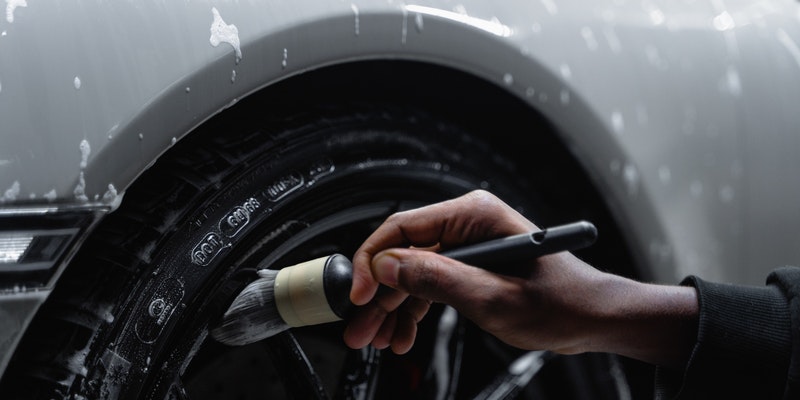
Whether you love or hate the wintertime, it is worth noting that this season comes with a lot of hurdles for vehicles and their maintenance. While the winter elements are known to cause damage to vehicles, many people are unaware of these low temperature’s effects on the pressure of your car’s tires. As the temperatures dip, so will your tire pressure, so it is vital that we understand the signs to look for and know when and how to inflate them properly. When looking for auto repair in Philadelphia, PA we are more than happy to help you out! Fortunately, checking your tires is a task that can be easily done at home, so no trip to the shop should be required!
The Science Behind It
If you are curious as to why cold temperatures have such an effect on your tire pressure, then allow us to break it down! As the temperatures drop, the molecules in the air begin to move slower and gather together. It’s important to note that low tire pressure can lead to increased stopping time, poor fuel economy, and decreased lifespan of your tires.
How to Check Tire Pressure
When your tire pressure is a little low, this is not something that is easily noticeable with just a glance. To err on the side of caution, we recommend doing a check on your tire pressure whenever you find yourself at the gas station and whenever your dashboard light indicates.
1. Find your Ideal Pressure
You know that owner manual that your vehicle came with, turns out it is much more important than you may have realized! Be sure to dig it out of wherever you may have tossed it and consult it to find out what your recommended tire pressure is for your specific vehicle! In general, recommended tire pressure falls somewhere between 30-35 PSI. If you are still unsure, then you can always get your hands on a tire pressure tool!
2. Check Your Pressure Before Driving
While it may be a bit of a nuisance, we highly suggest that before taking your car out onto the road that you do a check of the pressure to ensure your safety behind the wheel. Be sure that the pressure is up to the recommended or suggested pressure included in your owner’s manual.
3. Break Out the Tire Pressure Gauge
These are widely available at most stores, with the most popular being the “pencil” style gauges. If you want a product with a little more credibility, then you can grab a digital tire pressure gauge, however, it may cost you a little more.
4. Unscrew the Valve Stem
Take a good look at your wheel and be sure to unscrew the little cap on the valve stem.
5. Attach the Gauge to the Valve Stem
This step is as simple as it sounds, simply attach the gauge to the stem and wait for the pressure reading. If you do hear a hissing sound after you’ve attached the gauge, then it is most likely not attached properly, so be sure to readjust! After you are finished checking the pressure, replace the cap and you are good to go.
6. Inflate Your Tires if Needed
If you do find that your pressure is low, then we recommend finding the nearest air pump to provide your tires with its recommended pressure.
Hopefully these tips and tricks make your winter a lot smoother and stress-free. If you do find that you need auto repair in Philadelphia, PA do not hesitate to reach out!

